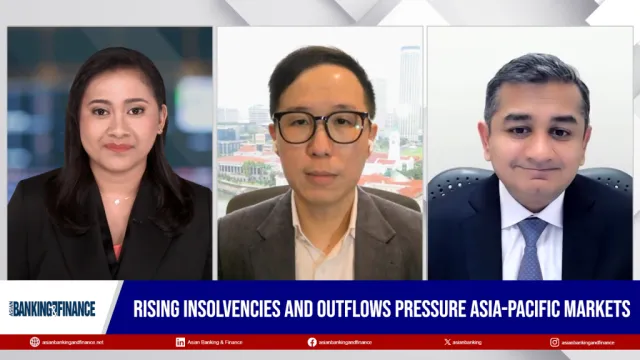China banks in 2017: No rebound in sight, rising risks for smaller banks
By Alicia Garcia HerreroChina bank risk is on the rise. The unweaving focus by both markets and regulators – ranging from individual bank to financial system stability as a whole – reflects a sense of urgency that actions are needed to contain the risk. This is no easy job. And at least in the government’s mind, it requires not only a trade-off between short-run profitability and long-term system risk of commercial banks, but also balancing the interest between different players in the financial industry, for example, insurers and asset management corporations (AMCs).
This also explains the creativity on risk shifting through repeated tightening and loosening of policies, and the ultimate outcome favors banks the most. In fact, both markets and regulators have come up with different ways to survive in front of challenges. The usage of investment receivables and wealth management products (WMPs) are initiated by banks, but these channels are likely to be further restricted. The government has encouraged debt-to-equity (D/E) swap, adjusted from banks holding equities to shifting risks to other market players.
Whilst different institutions are interlaced in the financial system, let’s focus specifically on the impact on banks on four aspects, i.e. asset quality, liquidity, profitability, and solvency.
Asset quality: Deterioration to continue although cushioned by D/E swaps
The latest development shows that banks have won the tug-of-war with regulators, i.e. banks are no longer allowed to hold equities from D/E swaps, which would weigh heavily on capital requirement as time goes on. Since the first D/E swap, an equivalent of 8% special-mention loans is already offloaded. Although offloading of stressed assets through D/E swaps could help improving asset quality, we expect deterioration in asset quality to continue due to slower GDP growth and the still weak global demand. A huge pick-up in corporate performance to service debts remains unlikely.
Liquidity: Signs of stress increasing with JSCBs and CCBs particularly at risk
The understated loan-to-deposit ratio and the high proportion of overnight funding together raise the risk for a shortfall in funding when liquidity squeezes. The recent spikes in SHIBOR pointing to more pressure in 2017, and this is especially true for JSCBs and CCBs.
Profitability: Less cushioning from fee income as banks will find it more difficult/costly to issue WMPs
Chinese banks have expanded business in fee income in response to interest rate liberalisation, which has resulted in lower rate and net interest margin. The key factor of future profitability is regulation. PBoC will include assets behind WMPs in its Macro-Prudential Assessment (MPA) from 2017 Q1, whilst CBRC will tighten rules on WMPs such as requiring banks to set aside capital for provisioning. This poses restrictions on banks in the ability to issue further. In particular, funds and securities firms have already overtaken banks as the larger drivers for the WMP issuance in S1 2016.
Solvency: Although capital buffers look sufficient for regulatory standards, three key weaknesses are masked
Firstly, with special-mention loans included, NPL coverage ratio would fall below regulatory limit (150%) to 53%, indicating provision may not be sufficient. Secondly, if off balance sheet WMPs are included, asset-to-equity ratio would increase by 15%, meaning that the leverage is higher than it appears. Thirdly, no organic capital is created. Therefore, 2017 might prove more difficult in terms of solvency for Chinese banks than it appears on paper.
No rebound in sight
All in all, the likelihood of a rebound of the Chinese banking sector in 2017 or a big crisis remains low. The operating environment for banks would remain challenging, especially with weak macro environment and more regulatory requirements. Having said that, although other channels in investment receivables and WMPs will be more restricted, banks appear to benefit the most from debt-to-equity swap. This should offer a helping hand to asset quality but the deterioration will continue.
The four aspects (asset quality, liquidity, profitability, and solvency) are definitely not pointing to a positive outlook. Whilst SOCBs will remain stable, smaller banks (JSCBs and CCBs) will face increasing pressure due to the reliance on overnight funding, strong linkage to WMPs, and the overstated capital buffers.



















 Advertise
Advertise










